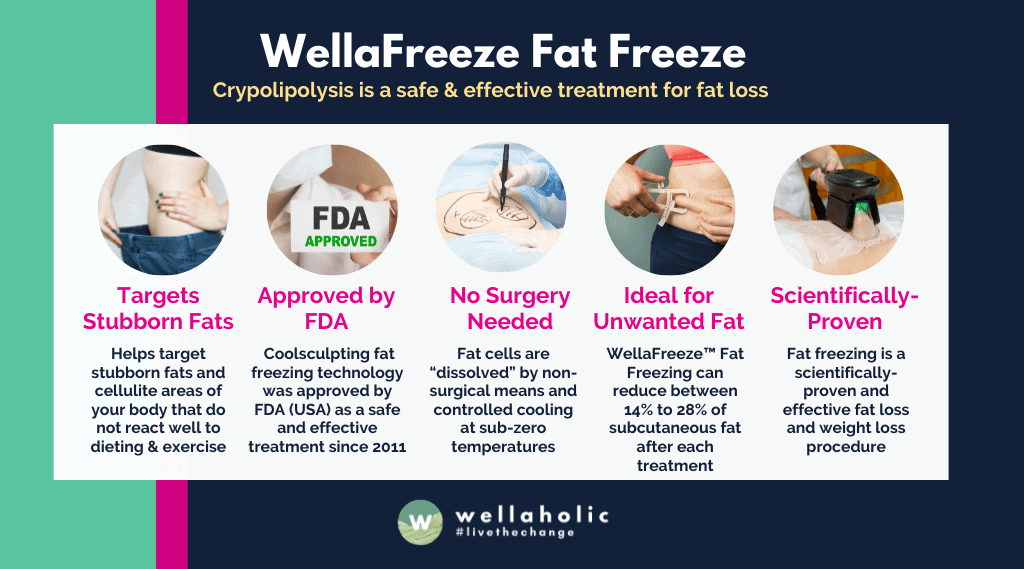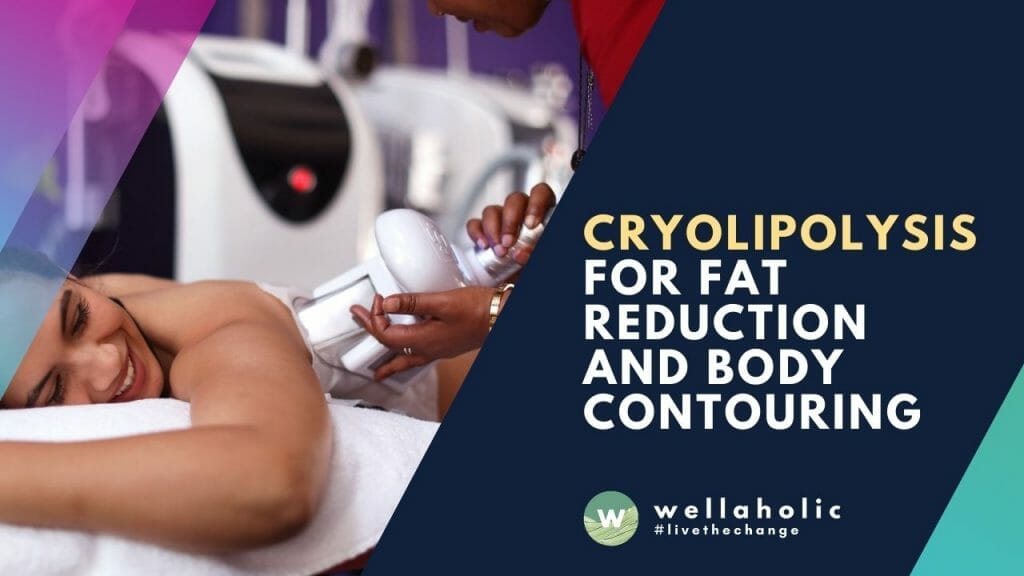
Wellaholic Research: Cryolipolysis for Fat Reduction and Body Contouring
Cryolipolysis for Fat Reduction and Body Contouring
❄️What is Cryolipolysis?
Cryolipolysis is a non-invasive fat reduction technique that uses controlled cooling to eliminate stubborn fat cells without surgery.
🎯Target Areas
Common treatment areas include abdomen, flanks, thighs, and upper arms.
⏱️Treatment Duration
Each session typically lasts 35-60 minutes, with visible results in 2-3 months.
📊Effectiveness
Studies show an average of 20-25% fat reduction in treated areas after a single session.
👍Benefits
Non-invasive, minimal discomfort, no downtime, and long-lasting results when combined with a healthy lifestyle.

Background
Have you ever wondered how some people achieve that sculpted look without going under the knife?
We’ve seen many customers at Wellaholic curious about non-invasive fat reduction methods. Cryolipolysis, a technique that uses cold temperatures to break down fat cells, has gained popularity in recent years. As aesthetic professionals with experience from both Wellaholic and Laser Clinics Australia, we’ve observed the growing interest in this treatment.
In this article, we’ll share our insights on cryolipolysis for fat reduction and body contouring. We’ll explore how it works, its effectiveness, and what you can expect from the procedure. Our goal is to provide you with clear, factual information to help you make an informed decision about whether cryolipolysis might be right for you.
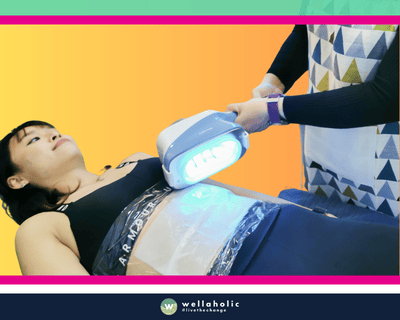
Background of Research
Body contouring remains among the most common cosmetic surgical procedures performed in the United States. Data from the American Society for Aesthetic Plastic Surgery indicate that liposuction replaced breast augmentation as the most popular surgical procedure in 2013, with 363,912 procedures performed. Its popularity has grown considerably because of advantages such as aesthetic improvements as well as numerous metabolic benefits.1,2 Despite its popularity, there remain rare but significant risks regarding liposuction, including complications from anesthesia, infections, and even death.3 Clinical studies have reported a 21.7 percent incidence of minor complications as well as a 0.38 percent incidence of major complications.4,5 Similarly, Fischer et al. showed that the incidence of minor wound complications was 6.3 percent, and the incidence of a major morbidity was 6.8 percent within 30 days after a surgical body contouring procedure.6
Although liposuction is an effective therapeutic option for the removal of excess adipose tissue, it remains an invasive procedure and carries the inherent risks associated with surgery. In recent years, new modalities have been developed to address body contouring from a less-invasive perspective. These modalities primarily target the physical properties of fat that differentiate it from the overlying epidermis and dermis, thus resulting in selective destruction of fat. Devices using high-frequency ultrasound, radiofrequency energy, and laser light have the potential to improve efficiency, minimize adverse consequences, and shorten postoperative recovery time. Through thermal destruction, cavitational destruction, or creation of a temporary adipocyte cell membrane pore, the final result is that the number of adipocytes is reduced, which, when translated over millions of fat cells, results in a measurable reduction of fat.7
Cryolipolysis is one of the most recent forms of noninvasive fat reduction to emerge. The development behind cryolipolysis stems from the clinical observation of cold-induced panniculitis.8–10 In 1970, Epstein and Oren coined the term popsicle panniculitis after reporting the presence of a red indurated nodule followed by transient fat necrosis in the cheek of an infant who had been sucking on a popsicle.9 Initially described in infants, cold-induced panniculitis has also been observed in adult patients. These observations led to the concept that lipid-rich tissues are more susceptible to cold injury than the surrounding water-rich tissue. With these historical observations in mind, Manstein et al. introduced a novel noninvasive method for fat reduction with freezing in 2007, termed cryolipolysis.11 This technique is performed by applying an applicator to the targeted area set at a specific cooling temperature for a preset period of time. This targets adipocytes while sparing the skin, nerves, vessels, and muscles.
Initial preclinical and clinical studies have demonstrated the efficacy of cryolipolysis for subcutaneous fat layer reduction. However, the exact mechanism of action for cryolipolysis is not yet completely understood. In addition, the techniques of cryolipolysis treatment are not uniformly applied. Studies have suggested that the addition of posttreatment manual massage may enhance the effectiveness of a single cryolipolysis treatment, and that multiple treatments may lead to further improvement.12,13 Finally, we are currently still unaware of the long-term side effects and outcomes of this treatment. The aim of the present review was to give an overview of cryolipolysis with emphasis on the efficacy (volume reduction), methods, safety, and complications.
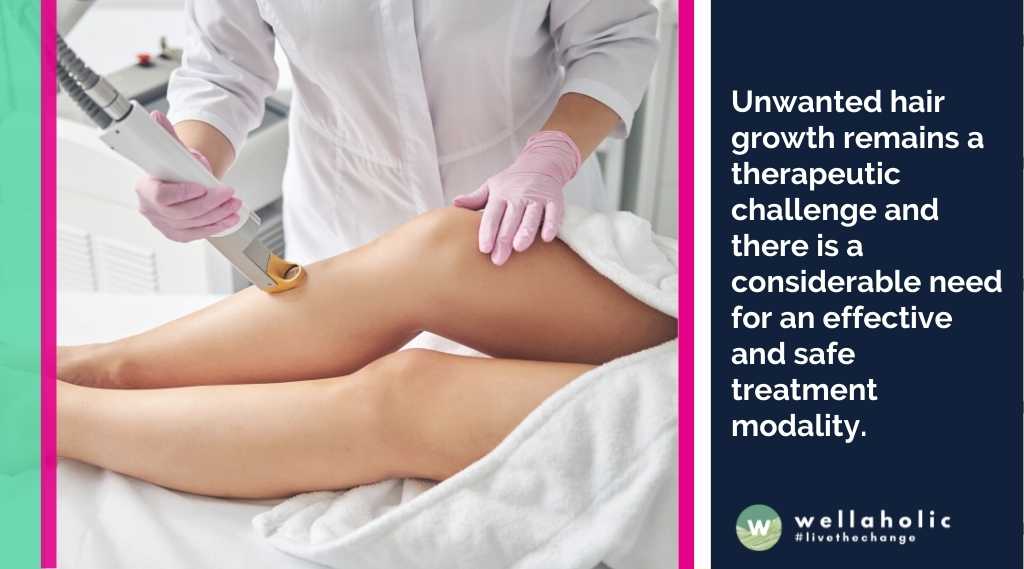

Patients and Methods
A systematic review of the MEDLINE and Cochrane databases was performed with the search algorithm cryolipolysis OR cool sculpting OR fat freezing OR lipocryolysis. Two investigators independently reviewed article titles and abstracts to identify studies that assessed outcomes of cryolipolysis. Selected articles that met these inclusion criteria then underwent full article review by the two investigators. Additional articles were then identified by manual review of the references of the articles that were initially identified via the primary search. Review papers and animal studies were eliminated. A third investigator reconciled disagreements. The Cohen Kappa coefficient was calculated to demonstrate the level of agreement between the two initial investigators. The same two investigators performed data extraction independently, and any discrepancies were again reconciled by the third. Table Table11 lists the information extracted from each article.

Results
The primary literature search returned 319 articles (Fig. (Fig.1).1). The references of articles identified in the primary search were reviewed, yielding a total of 37 articles. Review papers and animal studies were eliminated, yielding a final number of 19 articles, including 12 prospective studies, three retrospective studies, one study with both prospective and retrospective groups, and three case reports. The Kappa coefficient was calculated at 0.885, indicating very good agreement between the investigators.

Efficacy
Common treatment areas included the abdomen, brassiere rolls, lumbar rolls, hip rolls/flanks, inner thighs, medial knee, peritrochanteric areas, arms, and ankles (Table (Table2).2). Follow-up length generally ranged from 2 to 6 months, although one study presented case reports on two patients at 2 and 5 years after treatment,14 noting persistent reduction at these time points when comparing pretreatment and posttreatment photographs. Objective outcome measures included fat caliper measurements, ultrasound measurements, and three-dimensional imaging (VECTRA M3; Canfield Scientific, Inc., Fairfield, N.J.). Every study that evaluated clinical outcomes using these outcome measures noted a significant reduction in fat volume in treatment areas (Table (Table3).3). Although outcomes varied greatly based on treatment site and study design, average reduction in caliper measurement ranged from 14.67 percent to 28.5 percent. Average reduction by ultrasound ranged from 10.3 percent to 25.5 percent (Table (Table3).3). Three studies evaluated lipid levels and liver function tests (Table (Table33).15–17 No significant impact was noted on lipid levels or liver function tests after cryolipolysis treatments in any study.


Subjective assessments included both patient satisfaction rates and investigator assessments. In all cases, high satisfaction rates were noted, as demonstrated by posttreatment patient satisfaction surveys.13,15,16,18–20 Only one of the reviewed studies used a validated survey to assess patient satisfaction.20 A clinically apparent difference was noted by posttreatment investigator assessments.13,15,16,18,20,21 Investigator assessments were based on whether or not there was an appreciable fat reduction. Blinded investigators were able to correctly differentiate between pretreatment and posttreatment images in 89 percent of cases in one study22 and 79 percent of cases in another.19 None of the studies reviewed included investigator assessments that specifically evaluated other factors, such as contour or texture.
The effect of posttreatment massage was evaluated in two studies. Sasaki et al. evaluated 5 minutes of posttreatment massage, noting an average fat reduction of 21.5 percent in treated areas by caliper measurement at 6 months.20 Another study by Boey and Wasilenchuk compared patients receiving 2 minutes of posttreatment manual massage to a control group receiving only the standard cryolipolysis treatment.12 At 2 months after treatment, average fat layer reduction was 68 percent greater on the massaged side (12.6 percent on the nonmassaged side versus 21.0 percent on the massaged side, p = 0.0007). However, at 4 months, average fat layer reduction was only 44 percent greater on the massaged side (10.3 percent on the nonmassaged side versus 14.9 percent on the massaged side, p = 0.1).12
The effect of multiple treatments has also been evaluated. In one study, patients receiving two treatments in the peritrochanteric area yielded an average fat layer reduction of 28.5 percent, compared with 19.7 percent in patients receiving only one treatment (p = 0.046).23 The effect of multiple treatments was evaluated on love handles and abdomens of patients in another study demonstrating different outcomes. Although a second treatment yielded a significant decrease in caliper measurements on the abdomen (p = 0.020), a statistically significant difference was not produced with a second treatment on the love handles (p = 0.084) (Table (Table33).13
Histologic outcomes were evaluated in a handful of studies. No evidence of fibrosis was noted in one study.12 Most studies demonstrate an inflammatory response at different stages after cryolipolysis, with inflammatory cell infiltrates peaking at 30 days,12 which led to adipocyte apoptosis.15 Biopsy specimens of peripheral nerve cells showed no long-term changes in peripheral nerves, with equal and normal numbers of epidermal nerves.21
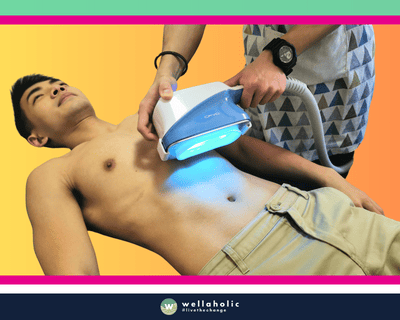
Conclusion
This study presents the first systematic review of the available data on cryolipolysis. Although the body of evidence is limited because of the nascence of this procedure, cryolipolysis is a promising procedure for nonsurgical fat reduction and body contouring. While the outcomes of cryolipolysis are rather modest, this technology is well suited for patients who desire nonsurgical spot reduction at modestly sized adiposities. Cryolipolysis appeals to both men and women and is an effective means by which new patients can be drawn to the aesthetic surgery practice.32 Although the specific mechanism of cryolipolysis has not been completely elucidated, this procedure appears to be effective and safe in the short term, with a limited side effect profile. Posttreatment manual massage has the potential to improve the efficacy of cryolipolysis. Multiple treatments in the same anatomic area may lead to further fat reduction, although the efficacy of cryolipolysis appears to be attenuated with successive treatments. The efficacy of this technique in areas that have been treated previously with liposuction remains to be studied. Future studies should address which treatment sites are most amenable to cryolipolysis to enhance treatment stratification for body contouring patients and should evaluate a potential role for cryolipolysis in skin tightening and the treatment of cellulite.
Source
- National Library of Medicine | Plast Reconstr Surg. 2015 Jun; 135(6): 1581–1590.
- Cryolipolysis for Fat Reduction and Body Contouring: Safety and Efficacy of Current Treatment Paradigms
- Michael J. Ingargiola, M.D., Saba Motakef, M.D., Michael T. Chung, M.D., Henry C. Vasconez, M.D., and Gordon H. Sasaki, M.D.

Serene Chiam, Aesthetic Director (LinkedIn)
Serene Chiam, the Aesthetic Director at Wellaholic, brings a wealth of knowledge and experience to the Singapore aesthetic scene. With over ten years of expertise in body sculpting and fat freezing treatments, Serene has helped numerous clients achieve their body goals through cutting-edge technologies like WellaFreeze and cryolipolysis. Her CIDESCO certificate in skincare and Bachelor of Health Science (Aesthetics) from Torrens University of Australia showcase her dedication to providing the highest quality treatments backed by science. Having previously served as a Clinical Aesthetics Manager with Laser Clinics Australia, Serene’s extensive background in the aesthetics industry has solidified her reputation as a trusted expert in non-surgical fat reduction solutions.
Contact Serene at [email protected]
GET IN TOUCH
Book Now Pay Later

WellaFreeze™ 360 Advanced Fat Freezing
- ⭐ Latest 4th Generation Freezing. WellaFreeze™ 360 advanced fat freezing uses the latest fat freeze technology for the highest fat reduction per session.
- ⭐ Up to 34% Fat Loss Each Session. Increase in percentage of fat loss due to newer technology and coverage.
- ⭐ 360° Surround Cooling Technology. The handles or cooling cups can be adjusted to fit all body curves and contouring for best freezing.
- ⭐ Breathing Technology Reduces Bruising. “Breathing” technology improves freeze while minimising bruising from the suction.
- ⭐ Shorter Time Needed. Each duration is reduced from typical 60 minutes to just 30 minutes.
- ⭐ Award-Winning. Wellaholic’s treatments have been recognized by top beauty publications such as Daily Vanity, Beauty Insider, and Tropika Club Magazine.
- ⭐ Over 2000 Verified Customer Reviews. Wellaholic has over 2000 positive reviews from customers, and >50% are repeat customers.
